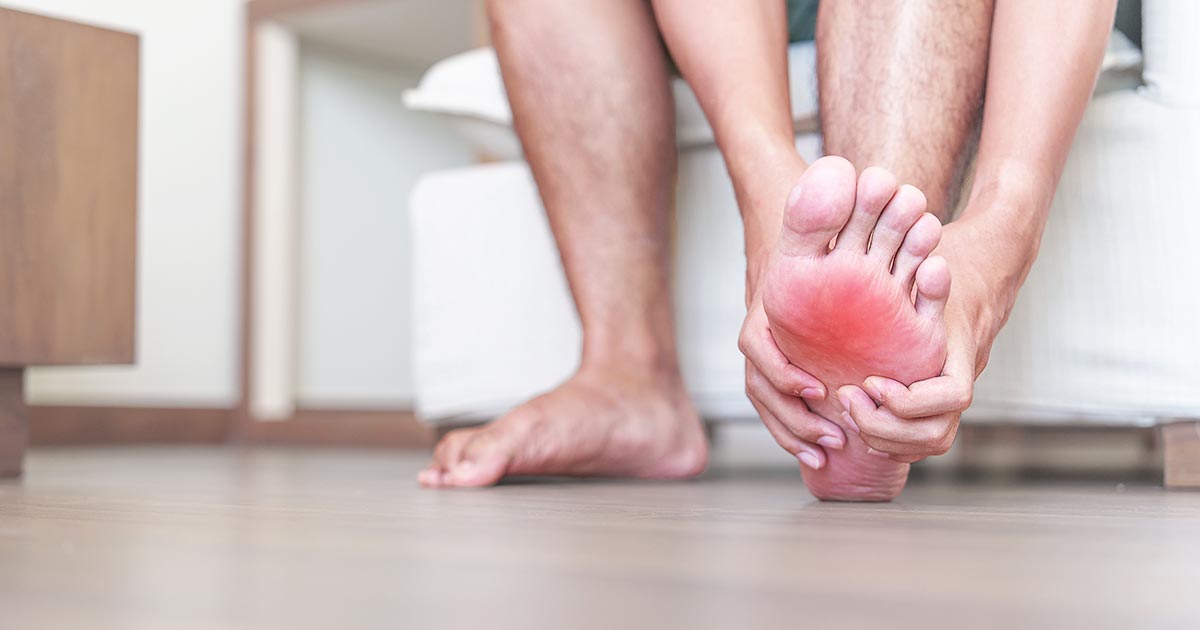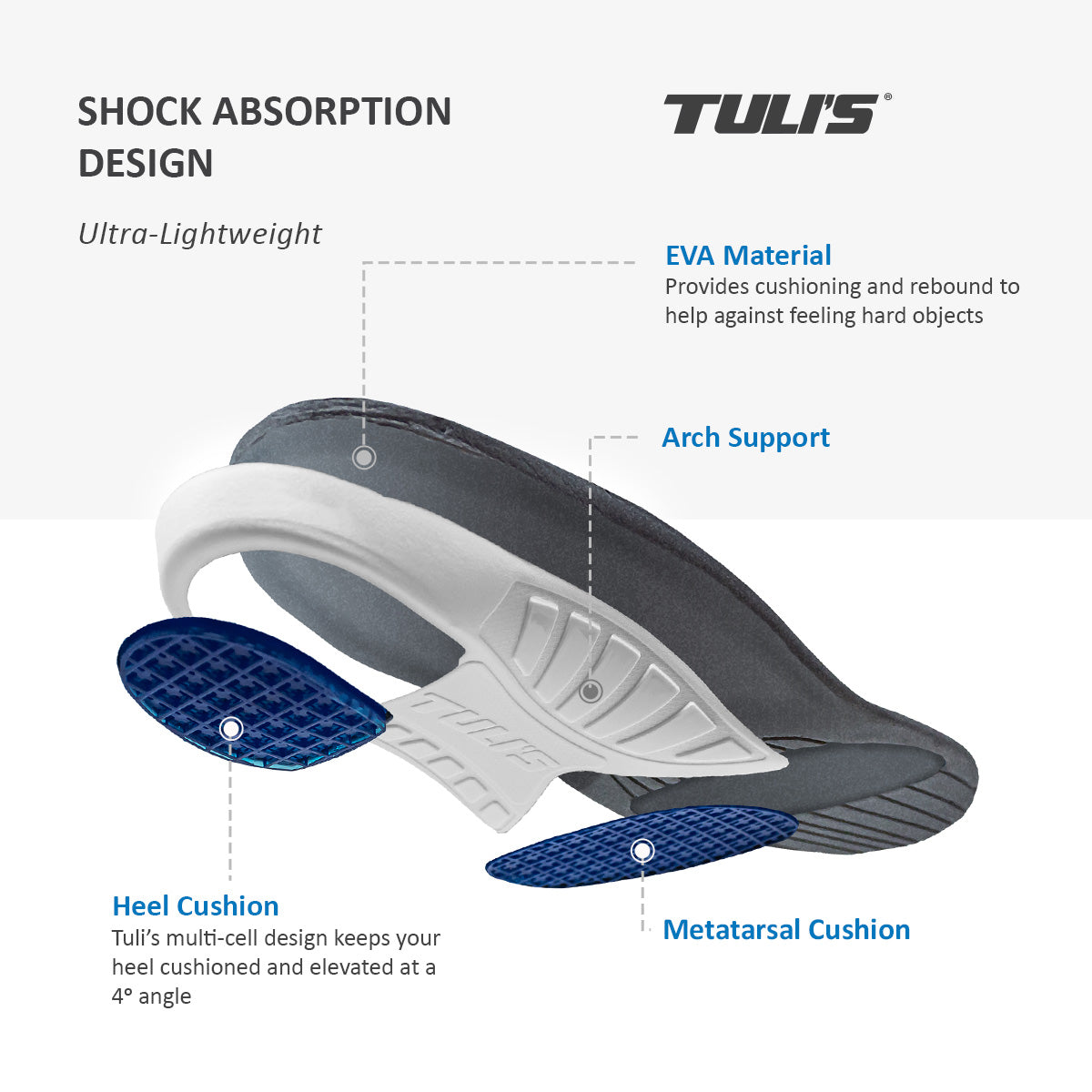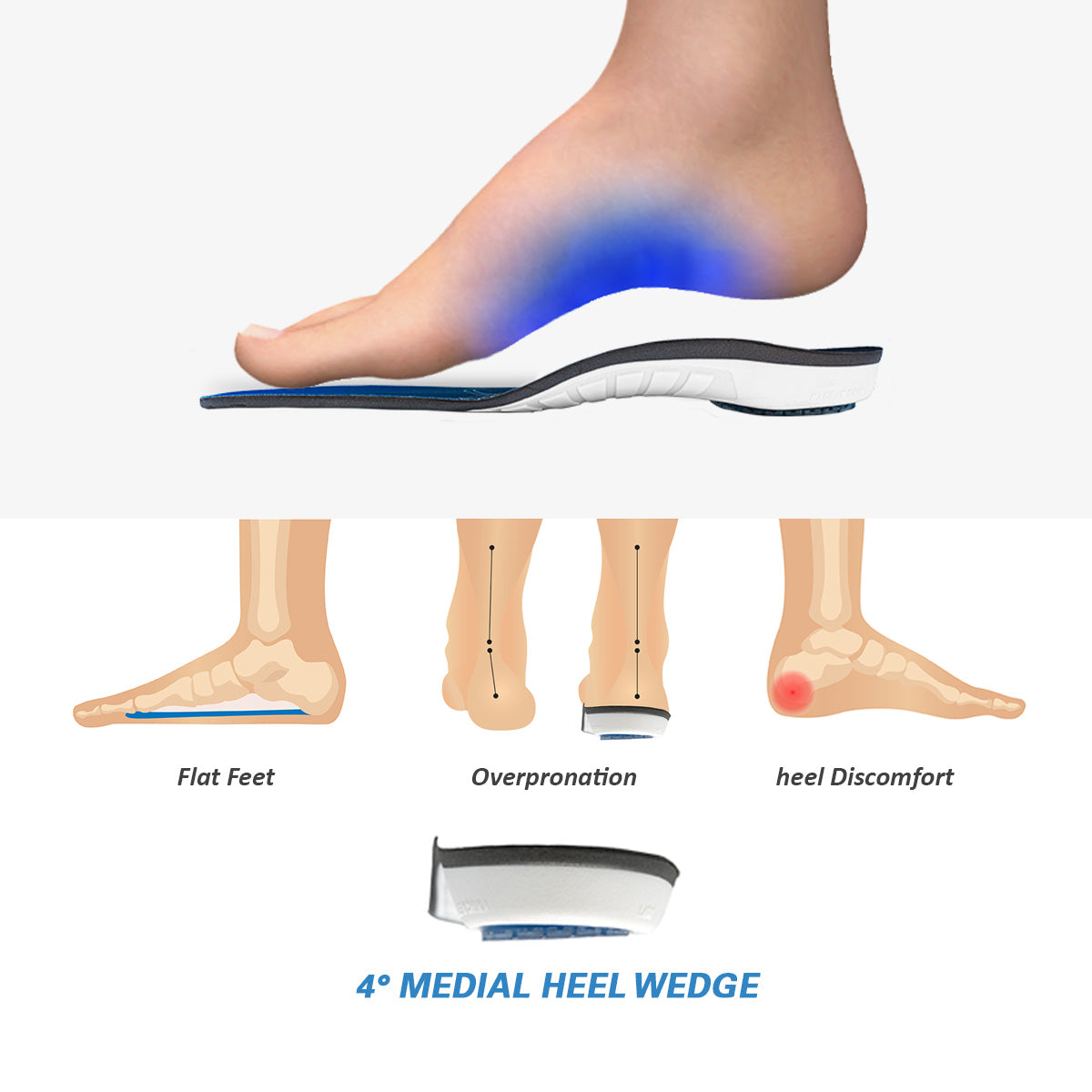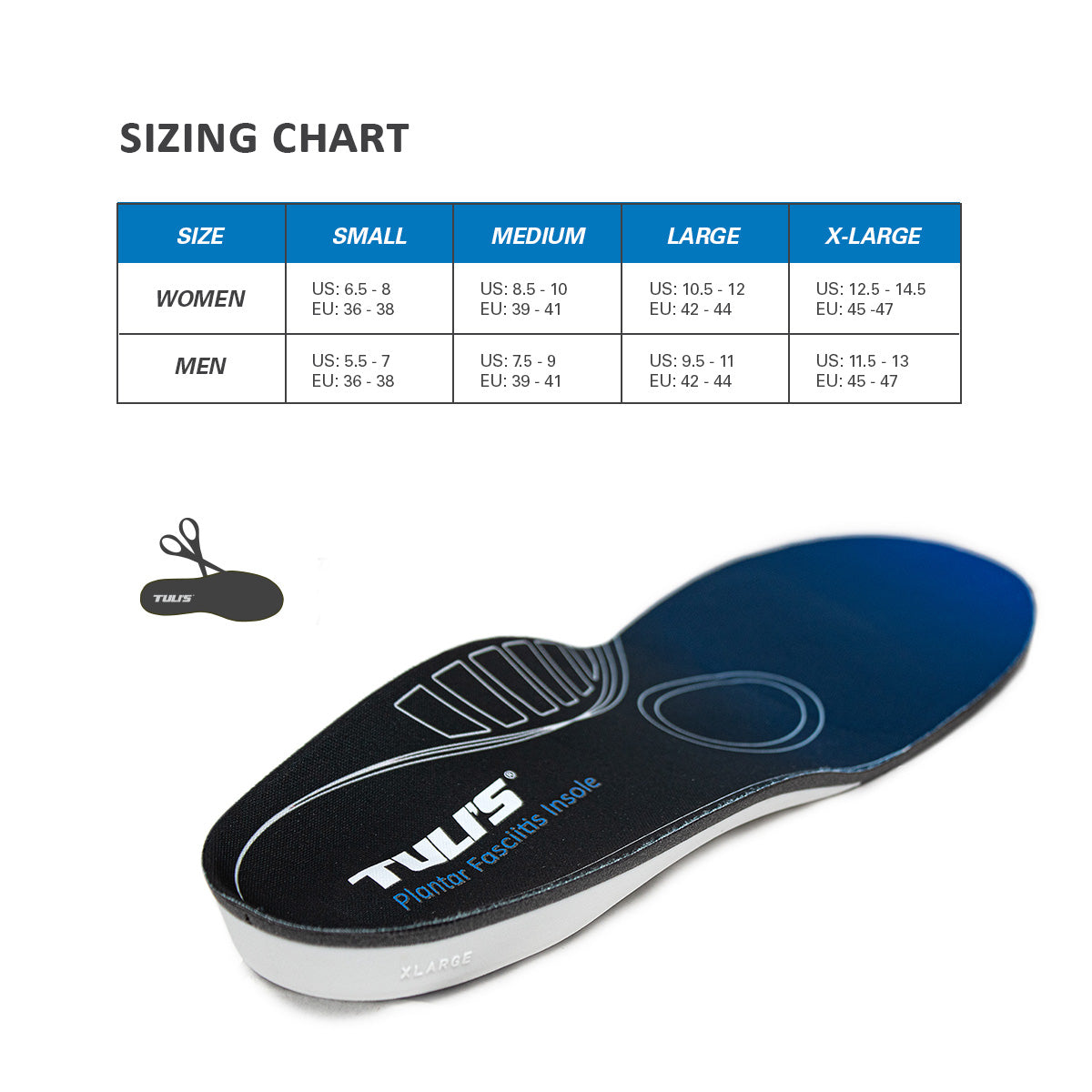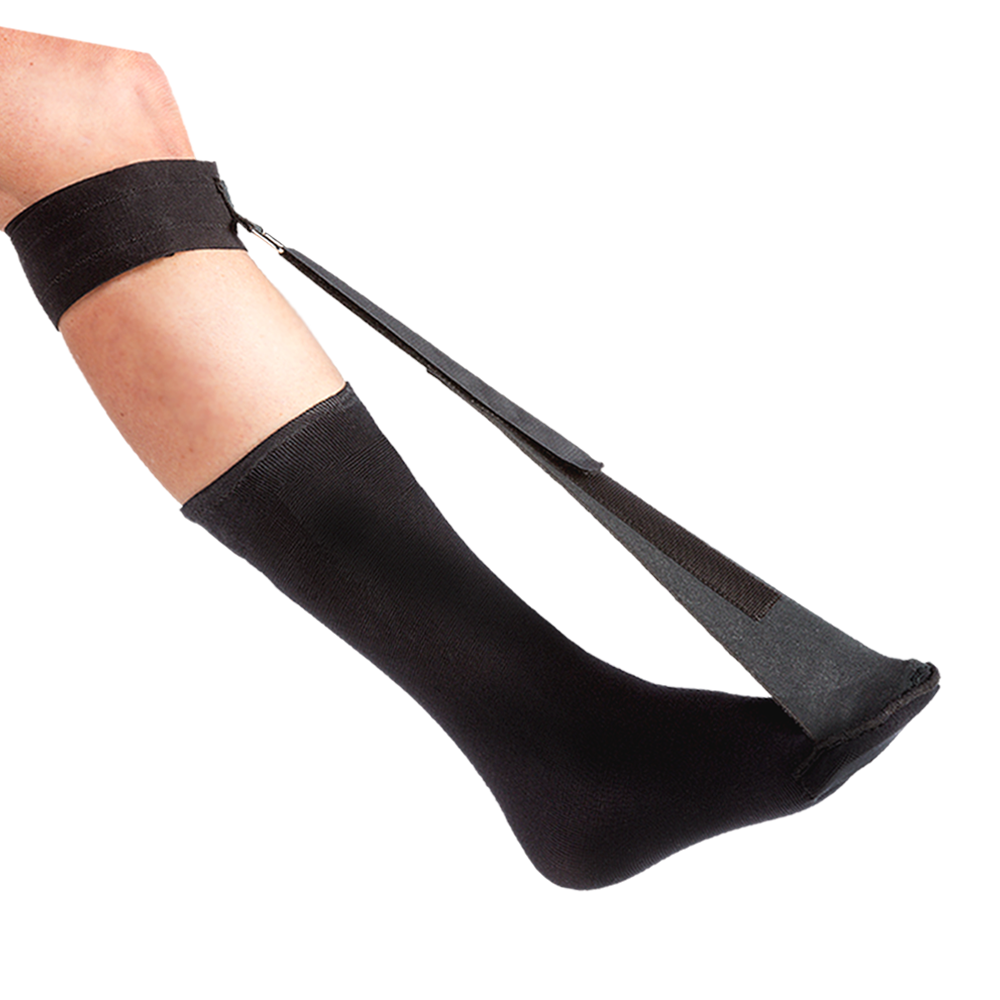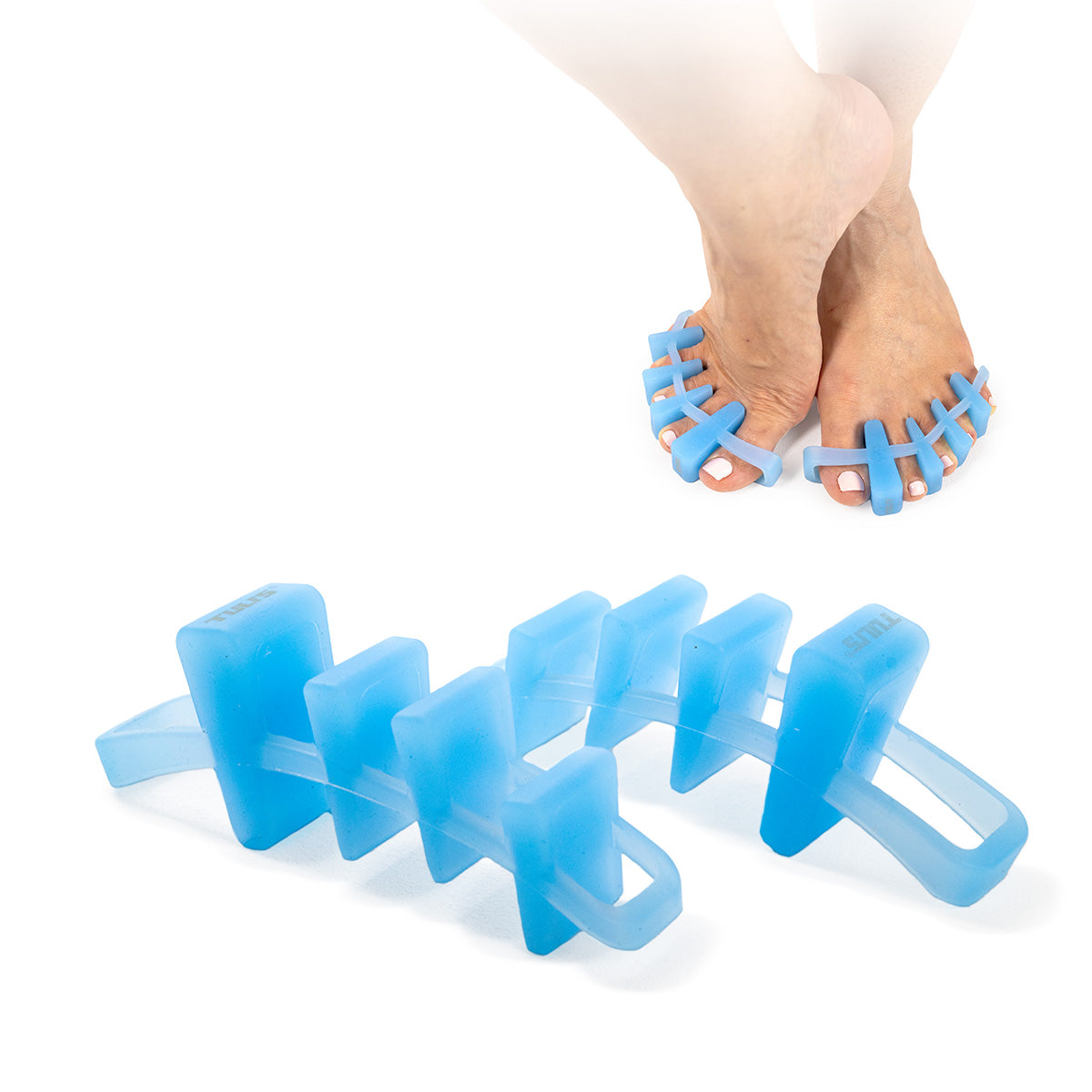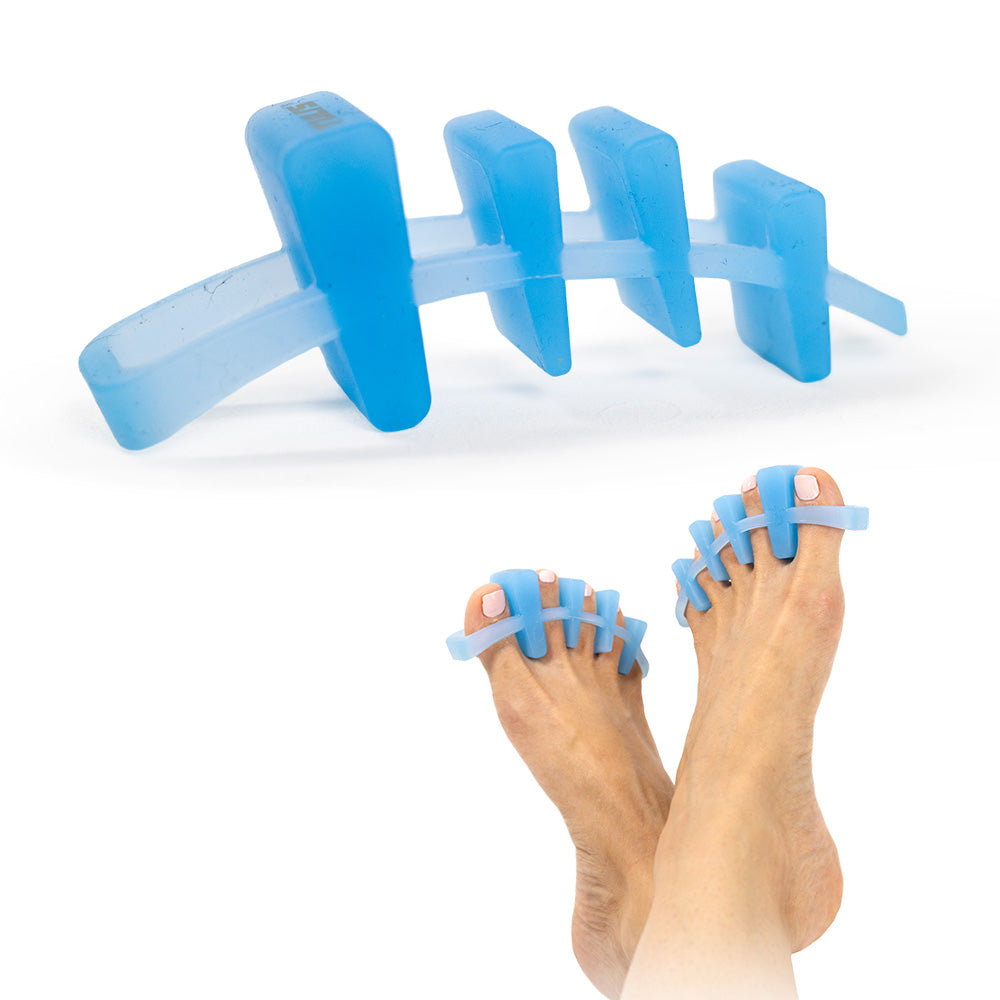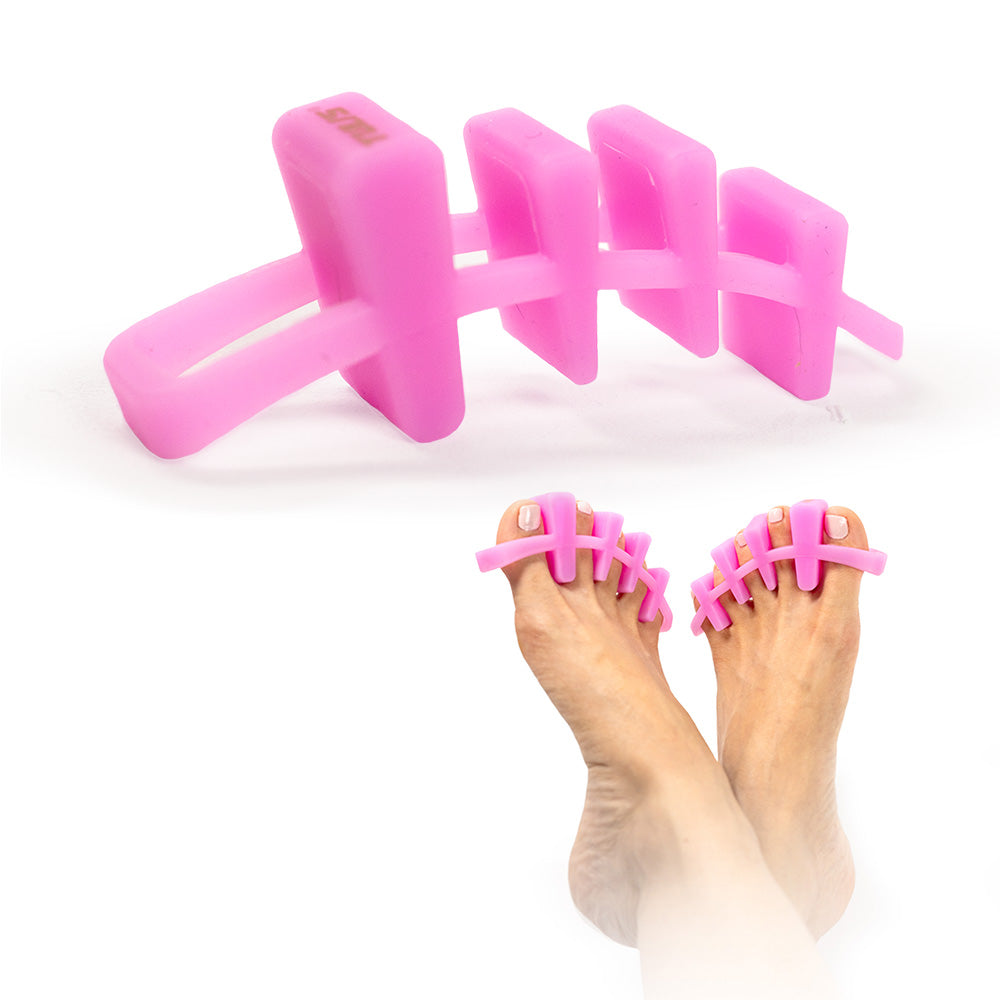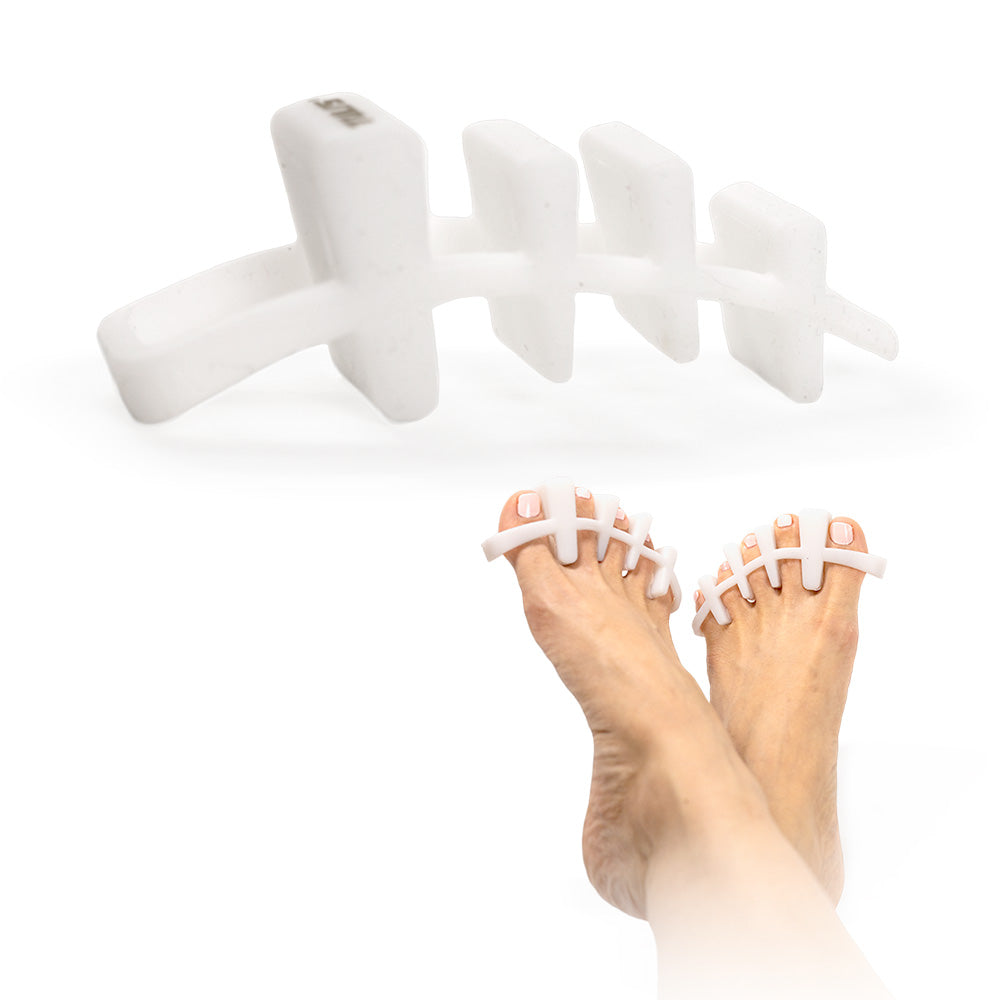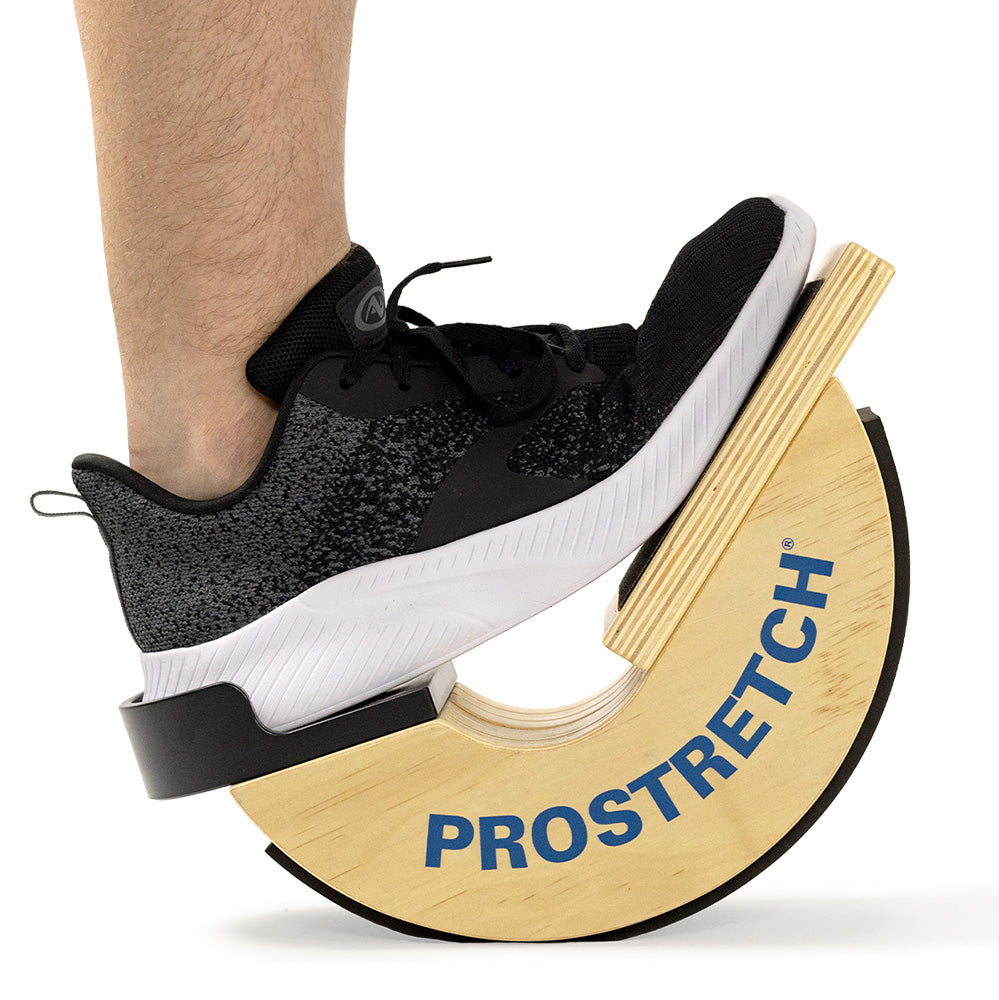Heel pain is a common problem caused by an interplay of muscles, tendons, ligaments, and joints. Plantar Fasciitis is a common cause of this pain, manifesting as a sharp, stabbing sensation at the base of the heel. Commonly, heel pain can be caused by conditions such as heel spurs, Achilles tendinitis, or stress fractures. In this article, you will find answers to "What is plantar fasciitis?" and an understanding of its causes and symptoms.
What causes heel pain?
The body operates as an intricate system, with muscles, tendons, ligaments, and joints serving as interconnected links in a chain. These components facilitate basic movements like sitting, walking, and running. However, if any link in this chain sustains injury or dysfunction, it disrupts the entire system.
For millions of individuals annually, the initial breakdown within this lower limb "chain" materializes as heel pain. Typically, this discomfort arises from trauma inflicted upon the plantar fascia—the band of tissue spanning the arch of the foot—resulting in a sharp, stabbing sensation at the base of the heel. This condition is medically termed Plantar Fasciitis.
What is plantar fasciitis?
Heel pain refers to various discomforts in the heel area of the foot caused by injury, overuse, or medical conditions like plantar fasciitis, heel spurs, Achilles tendinitis, or stress fractures. Plantar fasciitis is known to occur when there is an inflammation of the plantar fascia, a wide strip of tissue that links the heel bone to the toes.

Plantar fasciitis causes sharp, stabbing pain at the bottom of the heel, especially during initial steps in the morning or after prolonged rest. The pain usually improves with activity but worsens after prolonged standing or walking. It's always best to consult with a medical professional for a precise diagnosis as heel pain may originate from various causes, not just from plantar fasciitis.
Plantar fasciitis usually develops gradually, but it may feel as though it has happened suddenly. People with plantar fasciitis often describe:
- An unbearable feeling in their heels when they take their first steps in the morning or after sitting for extended periods
- A sharp, stabbing heel pain
- A feeling like they are stepping on a small stone
- Pain that subsides after they’ve walked around for a while
Any one or even all of these symptoms could indicate plantar fasciitis.
Understanding plantar fasciitis?
The plantar fascia, a robust band of tissue running along the bottom of the foot, connects the heel bone to the toes. Under normal circumstances, this tissue acts as a shock absorber, supporting the foot's arch. However, excessive tension can lead to the formation of minor tears within the fascia, resulting in irritation or inflammation.
Ignoring plantar fasciitis can lead to a chronic condition that significantly disrupts daily activities. It's not just about the heel pain but also about the potential alteration of gait patterns and the risk of additional issues such as foot, knee, hip, or back problems. This underscores the urgency of prompt recognition and management for maintaining overall musculoskeletal health.
Suffering from Plantar Fasciitis?
It's always best to consult with a medical professional for a precise diagnosis. They can provide you with the proper guidance and treatment you need to feel your best as heel pain may originate from various causes, not just plantar fasciitis.
PLEASE NOTE: The information on this website and article is for information only and should not be used as a substitute for consulting your doctor. Consult your doctor for proper diagnosis and rehabilitation.




